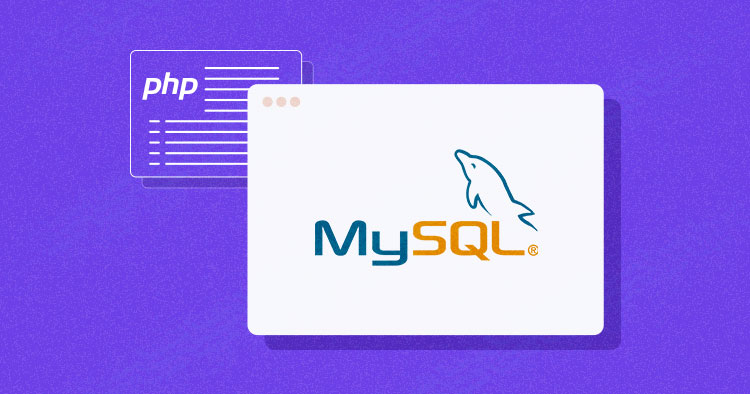- Home
- About
- Portfolio
Crush the Match – Medical School and Residency Platform
Food¢ense – Curbing Childhood Obesity and Food Waste
HealthStack – Shared and Jailed HIPAA Hosting $50
Marta Care – Let Us Help When You Can’t
MD Idea Lab – We Build Prototypes for Doctors
Nervcell – The Healthcare Web Browser
Patient Keto – Personalized Keto Medicine and Telehealth
SwipeChart – Rapid EMR Interface
Treatment Scores – Quantifying the Science of Medicine
Treatments – Diagnosed. Now What?
VIDRIO – Google Glass and EMR Interface
- Blog
- Contact
Category: PHP
Tutorial: Displaying Patient Data from a MySQL Database using PHP
By Stephen Fitzmeyer, MD
In this tutorial, we will be demonstrating how to use PHP to display patient data from a MySQL database. We will assume that you already have a MySQL database set up and running with patient information stored in it.
Step 1: Connect to the Database
The first step is to connect to the MySQL database using PHP. This can be done using the mysqli_connect() function. Replace “hostname”, “username”, “password”, and “database” with your own values:
<?php
$conn = mysqli_connect(“hostname”, “username”, “password”, “database”);
if (!$conn) {
die(“Connection failed: ” . mysqli_connect_error());
}
?>
Step 2: Retrieve Patient Data
Next, we will use PHP to retrieve the patient data from the MySQL database. This can be done using the mysqli_query() function to execute an SQL query. Replace “patients” with the name of your own patients table:
<?php
$sql = “SELECT * FROM patients”;
$result = mysqli_query($conn, $sql);
if (mysqli_num_rows($result) > 0) {
// output data of each row
while($row = mysqli_fetch_assoc($result)) {
echo “Patient ID: ” . $row[“patient_id”]. ” – Name: ” . $row[“name”]. ” – Age: ” . $row[“age”]. “<br>”;
}
} else {
echo “0 results”;
}
?>
This code will retrieve all the patient data from the “patients” table and display it on the screen. You can modify the SQL query to retrieve specific patient data based on criteria such as name, age, or date of birth.
Step 3: Close the Database Connection
Finally, we need to close the database connection using the mysqli_close() function:
<?php
mysqli_close($conn);
?>
This ensures that the connection to the MySQL database is properly closed, freeing up resources and improving performance.
Conclusion
In this tutorial, we demonstrated how to use PHP to display patient data from a MySQL database. By connecting to the database, retrieving patient data using an SQL query, and closing the database connection, we were able to display patient data on the screen. This is just a basic example, but with further development and customization, you can create more advanced healthcare applications using PHP and MySQL.
Author: Stephen Fitzmeyer, M.D.
Physician Informaticist
Founder of Patient Keto
Founder of Warp Core Health
Founder of Jax Code Academy, jaxcode.com
Connect with Dr. Stephen Fitzmeyer:
Twitter: @PatientKeto
LinkedIn: linkedin.com/in/sfitzmeyer/

